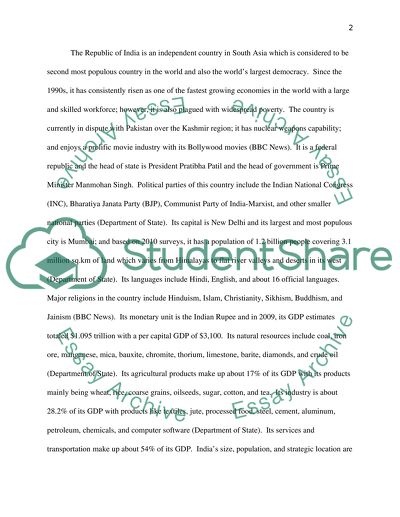Cite this document
(“Comparative Narratives of Childhood Research Paper”, n.d.)
Retrieved from https://studentshare.org/family-consumer-science/1409360-comparative-narratives-of-childhood
Retrieved from https://studentshare.org/family-consumer-science/1409360-comparative-narratives-of-childhood
(Comparative Narratives of Childhood Research Paper)
https://studentshare.org/family-consumer-science/1409360-comparative-narratives-of-childhood.
https://studentshare.org/family-consumer-science/1409360-comparative-narratives-of-childhood.
“Comparative Narratives of Childhood Research Paper”, n.d. https://studentshare.org/family-consumer-science/1409360-comparative-narratives-of-childhood.


